The weapon of the Second World War. Torpedo boats
Speaking about torpedo boats, it is worth noting that before the start of the war, the participating countries, including even the “Lady of the Seas” Britain, did not burden themselves with the presence of torpedo boats. Yes, there were small ships, but rather, for training purposes.
For example, in the 1939 year, the Royal Navy had only 18 TCs, the Germans owned 17 boats, but the Soviet Union had 269 boats. Shallow-water seas affected, in the waters of which they had to solve problems.
That's why we will start, perhaps, with a participant under the flag of the USSR Navy.
1. Torpedo boat G-5. USSR, 1933 year
Perhaps experts will say that it would be worth putting the D-3 or Komsomolets boats here, but it’s just that G-5 was released more than the D-3 and Komsomolets combined. Accordingly, these boats unequivocally took on such a part of the war, which is hardly comparable with the rest.
The G-5 was a coastal boat, unlike the D-3, which could well work offshore. It was a small boat, which, nevertheless, worked throughout the Great Patriotic War on enemy communications.
During the war, it underwent several modifications, the GAM-34 engines (yes, the Mikulinsky AM-34 became planers) were replaced by imported Isotta-Fraschini, and then the GAM-34F with 1000 horsepower, which accelerated the boat to crazy 55 nodes with a combat load. An empty boat could accelerate to 65 nodes.
Armament also changed. The frankly weak DA machine guns were replaced first by ShKAS (an interesting solution, to be honest), and then by two DShKs.
Perhaps the minus should be considered the need for a U-turn to drop torpedoes. But this was also solved, the TC G-5 fought the whole war and on the combat account of these ships a pretty decent pile of sunk enemy ships.
By the way, the tremendous speed and non-magnetic wooden-duralumin hull allowed the boats to trawl acoustic and magnetic mines.
Advantages: speed, good weapons, low cost design.
Disadvantages: very low seaworthiness.
2. Torpedo boat Vosper. UK, 1938
History the boats are notable for the fact that his British Admiralty did not order, and the Vper firm developed the boat on the initiative in the 1936 year. However, the sailors liked the boat so much that it was put into service and went into production.
The torpedo boat had a very decent seaworthiness (at that time British ships were the standard) and cruising range. He also went down in history by the fact that it was on Vpery for the first time on navy set automatic guns "Oerlikon", which greatly increased the firepower of the boat.
Since the British TCAs were weak rivals to the German “Shnellbots,” which will be discussed below, the gun came in handy.
Initially, the same engines were installed on the boats as on the Soviet G-5, that is, the Italian Isotta-Fraschini. The outbreak of war left both Britain and the USSR without these engines, so we have yet another example of import substitution. In the USSR, Mikulin’s aircraft engine was very quickly adapted, and the British transferred the technology to the Americans, and they began to build boats with their own engines from the Packard.
The Americans further strengthened the armament of the boat, expectedly replacing the Vickers with the 12,7-mm Browning.
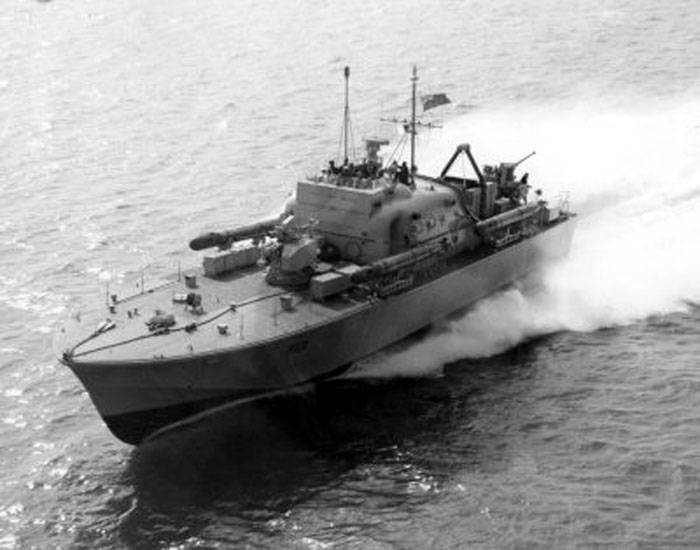
Where did the Vosper fight? Yes everywhere. Participated in the evacuation of the Dunkir disgrace, caught the German "Shnellbots" in the north of Britain, attacked Italian ships in the Mediterranean. Checked in with us. An American-built 81 boat was handed over to our fleet as part of a land lease. 58 boats took part in the battles, two were lost.
Advantages: seaworthiness, armament, cruising range.
Disadvantages: speed, large crew for a small ship.
3. MAS torpedo boat type 526. Italy, 1939 year
The Italians also knew how to build ships. Beautiful and fast. This is not to take away. The standard for the Italian ship is narrower than that of contemporaries, the hull, because a little more speed.
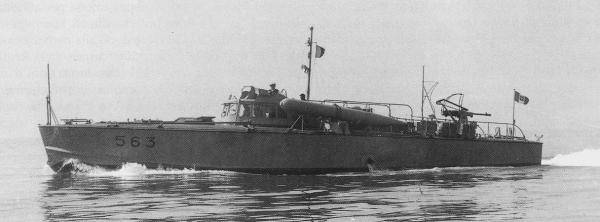
Why did I take the 526 series in our review? Probably because they even drew with us, and fought in our waters, although not where most people thought.
Italians are cunning. To two ordinary Isotta-Fraschini engines (yes, all the same!) For 1000 horses, they added a couple of Alfa Romeo engines for 70 hp. for an economical move. And under such engines, boats could sneak at 6 knots (11 km / h) for absolutely fantastic distances of 1100 miles. Or 2 000 km.
But if someone had to catch up, or quickly get away from someone, this was also in order.
Plus, the boat was not only good in terms of seaworthiness, it came out very versatile. And besides the usual torpedo attacks, he could quite walk deep bombs around the submarine. But this is more psychological, since hydroacoustic equipment on a torpedo boat is understandably not put.
Torpedo boats of this type participated primarily in the Mediterranean Sea. However, four boats in June 1942 of the year (MAS No. 526 — 529), along with Italian crews, were transferred to Lake Ladoga, where they participated in the attack on Sukho Island in order to cut the Road of Life. In 1943, the Finns took them for themselves, after which the boats served as part of the Finnish naval forces.
Pluses: seaworthiness, speed.
Disadvantages: multifunctionality in the Italian version. The boat had weapons, but there were problems with its use. One machine gun, albeit a heavy one, is clearly not enough.
4. Torpedo boat patrol RT-103. USA, 1942 year
Of course, in the USA they could not do something small and fidgety. Even taking into account the technologies received from the British, they got a rather massive torpedo boat, which is generally explained by the number weaponswhich the Americans were able to place on it.
The idea itself was not to create a purely torpedo boat, but a patrol boat. This can be seen even from the name, for RT stands for Patrol Torpedo boat. That is, a patrol boat with torpedoes.
Torpedoes, of course, were. Two paired large-caliber Browning is a useful thing in every respect, but we are silent about the 20-mm automatic cannon from the Erlikon.
Why does the American Navy need so many boats? Everything is simple. The interests of defending the Pacific bases demanded precisely such ships, which were capable of performing patrol services in the first place and, if something happened, promptly flew away if enemy ships were discovered.
The most significant contribution of the RT series boats was the fight against the Tokyo Night Express, that is, with the supply system of Japanese garrisons on the islands.
Boats turned out to be especially useful in the shallow waters of archipelagos and atolls, where destroyers were wary of entering. And torpedo boats intercepted self-propelled barges and small coastal vessels carrying military contingents, weapons and equipment.
Pluses: powerful weapons, good speed
Disadvantages: perhaps not.
5. Torpedo boat T-14. Japan, 1944 year
In general, the Japanese somehow bored with torpedo boats, not counting them weapons worthy of a samurai. However, over time, opinion has changed, because the successful tactics of using patrol boats by the Americans greatly worried the Japanese naval command.
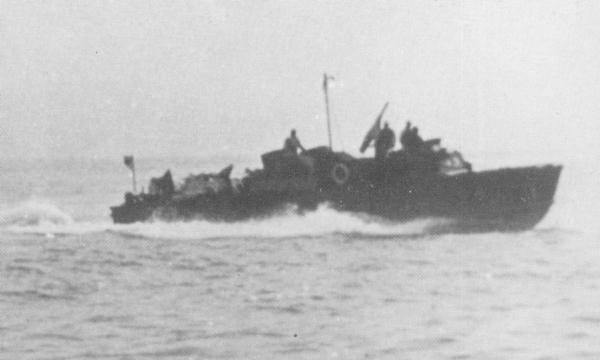
But the trouble lay elsewhere: there were no free engines. Fact, but indeed, the Japanese fleet did not receive a decent torpedo boat precisely because there was no engine for it.
The only acceptable option in the second half of the war was the Mitsubishi project, which was called the T-14.
It was the smallest torpedo boat, even the coastal Soviet G-5 turned out to be larger. Nevertheless, due to their space saving, the Japanese managed to squeeze so many weapons there (torpedoes, depth charges and an automatic cannon) that the boat turned out to be very toothy.
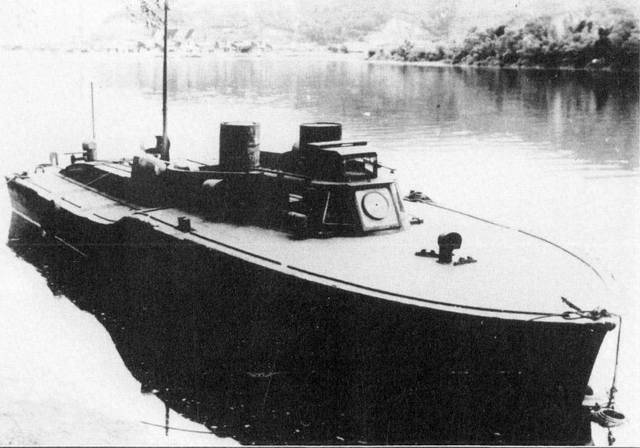
Alas, the frank lack of power of the 920-powerful engine, for all its advantages, did not make the T-14 any competitor for the American RT-103.
Pluses: small size, armament
Disadvantages: speed, range.
6. Torpedo boat D-3. USSR, 1943 year
It makes sense to add this particular boat, since the G-5 was a boat of the coastal zone, and the D-3 just had more decent seaworthiness and could operate at a distance from the coastline.
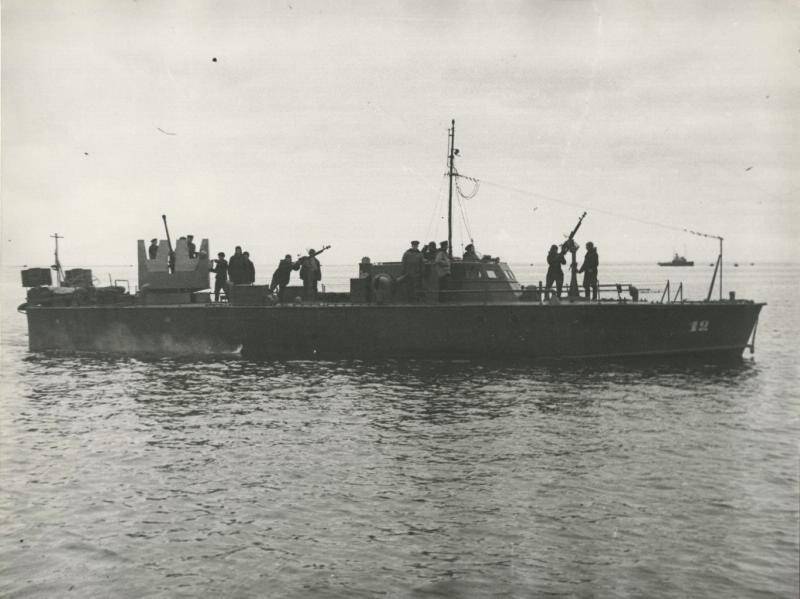
The first D-3 series was built with GAM-34BC engines, the second went with the American Lend-Lease Packards.
The sailors believed that the D-3 with the Packards was much better than the American Higgins boats that came to us under Lend-Lease.
The Higgins was a good boat, but the low speed (up to 36 knots) and the towing torpedo tubes, which completely froze in the conditions of the Arctic, somehow did not come to court. D-3 with the same engines was faster, and since it also turned out to be smaller in displacement, it was also more maneuverable.
The low silhouette, low draft and reliable silencing system made our D-3 indispensable for operations off the coast of the enemy.
So D-3 not only went into torpedo attacks on convoys, it was used with pleasure to land assault forces, transport ammunition to bridgeheads, set minefields, hunt enemy submarines, guard ships and convoys, and trawl fairways (deep-sea bombing by the German Don contactless mines).
Plus it was the most seafaring of Soviet boats, withstood the excitement of up to 6 points.
Advantages: a set of weapons, speed, seaworthiness
Disadvantages: I think that they are not.
7. Torpedo boat S-Boat. Germany, 1941 year
At the end we have the Schnellbots. They really were very “shnell”, that is, fast. In general, the concept of the German fleet provided for a huge number of ships carrying torpedoes. And the same "Shnellbots" were built more than 20 of various modifications.
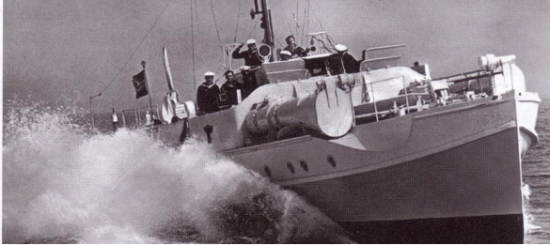
These were ships of a slightly higher class than all those listed before. But what if the German shipbuilders tried to stand out in every possible way? And their battleships were not exactly battleships, and the destroyer could have puzzled another cruiser, the same thing happened with the boats.
These were universal ships, capable of doing everything, almost like our D-3, but possessed very impressive weapons and seaworthiness. Especially - weapons.
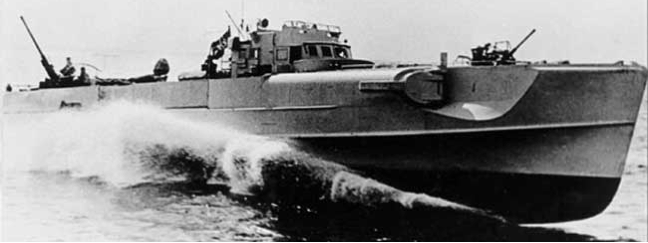
Actually, like Soviet boats, the Germans took on all their same missions to protect small convoys and individual ships (especially those coming from Sweden with ore), which, by the way, succeeded.
Ore carriers from Sweden calmly arrived at the ports, because the large ships of the Baltic Fleet stood in Leningrad throughout the war, without interfering with the enemy. But torpedo boats and armored boats, especially submarines, the “Shnellbot”, stuffed with automatic weapons, was too tough.
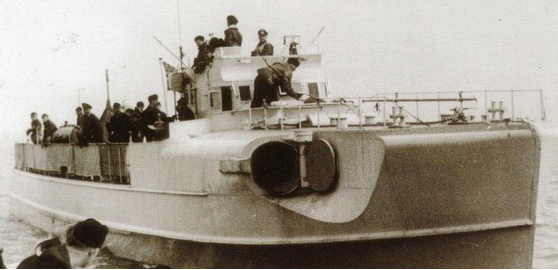
So I consider the control over the delivery of ore from Sweden to be the main combat mission that the “Shnellbots” completed. Although the 12 destroyers that were sunk during the war by boats - this is not enough.
Advantages: seaworthiness and armament
Disadvantages: dimensions, respectively, not great maneuverability.
A difficult life was for these boats and their crews. Not battleships after all ... Not battleships at all.
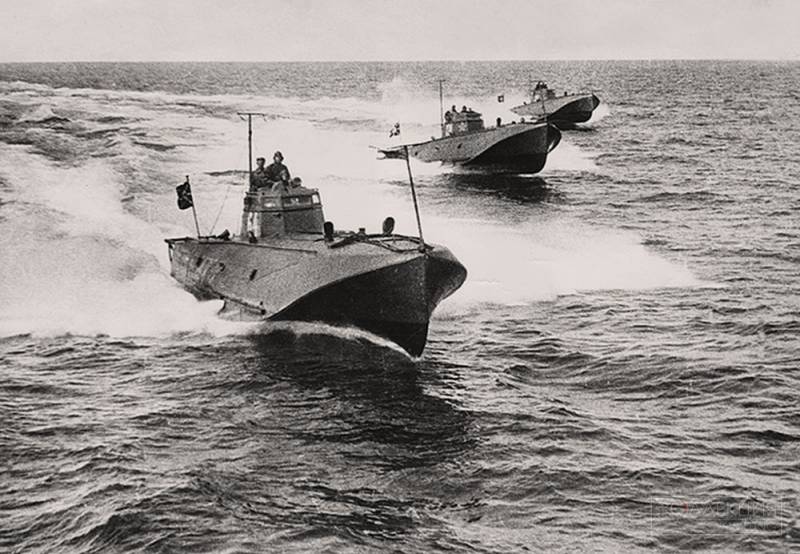
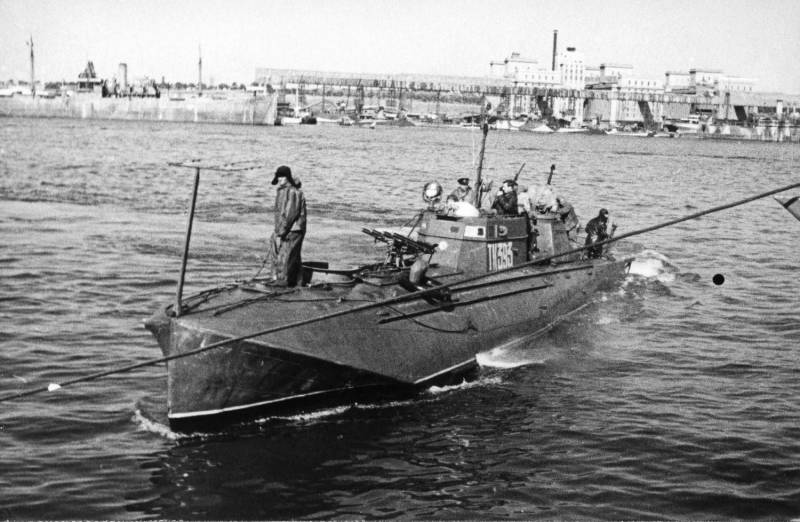
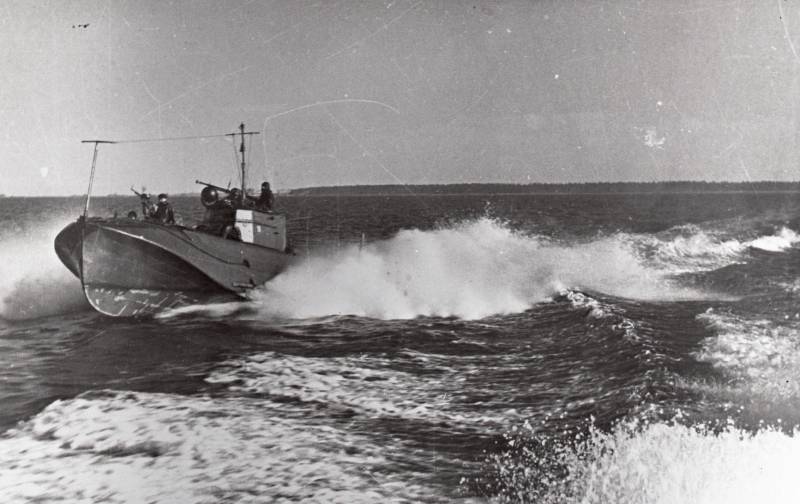
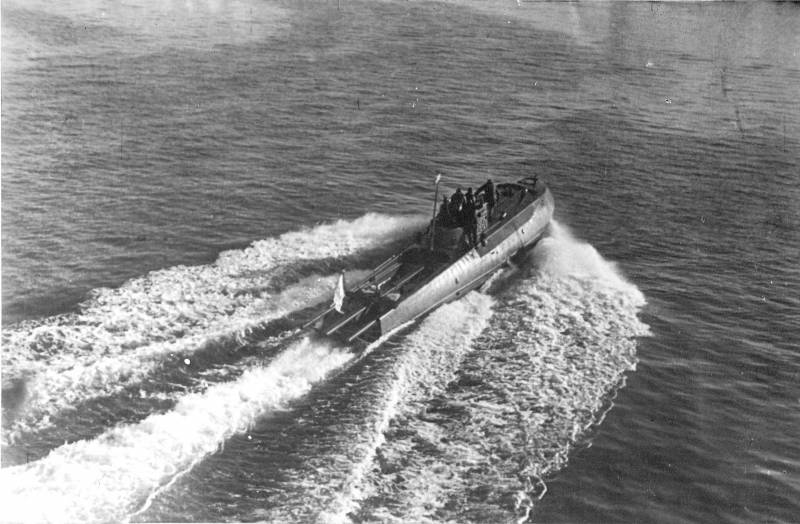
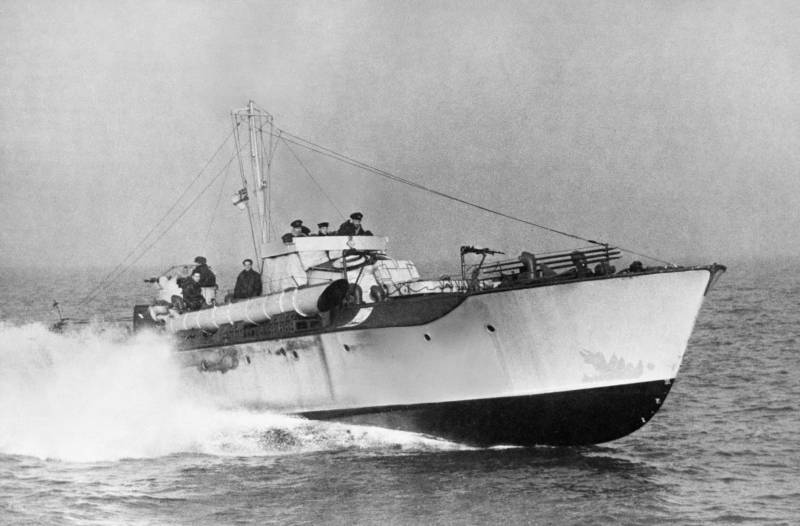
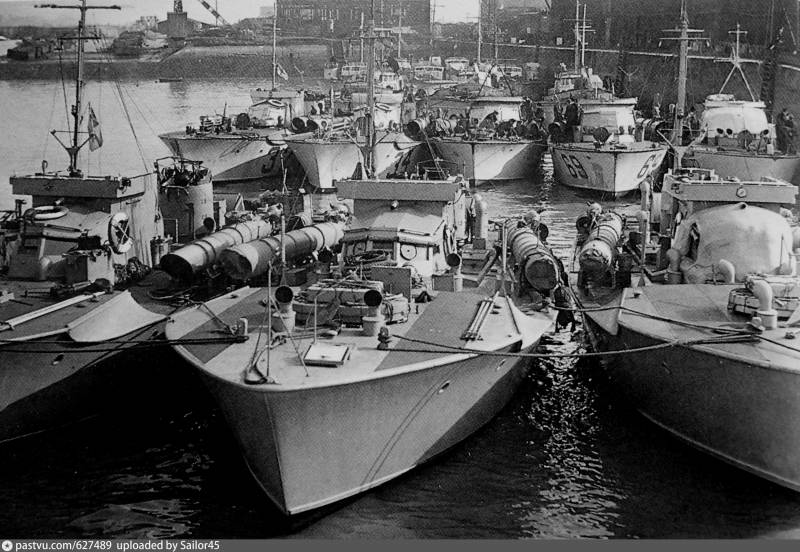
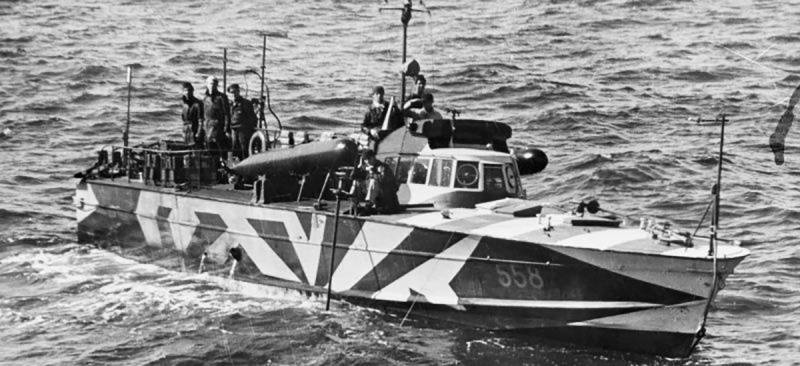
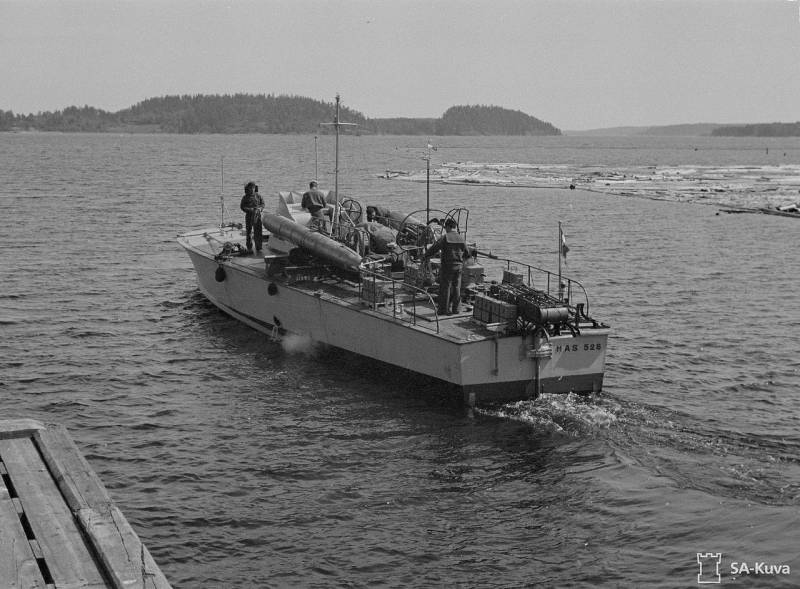
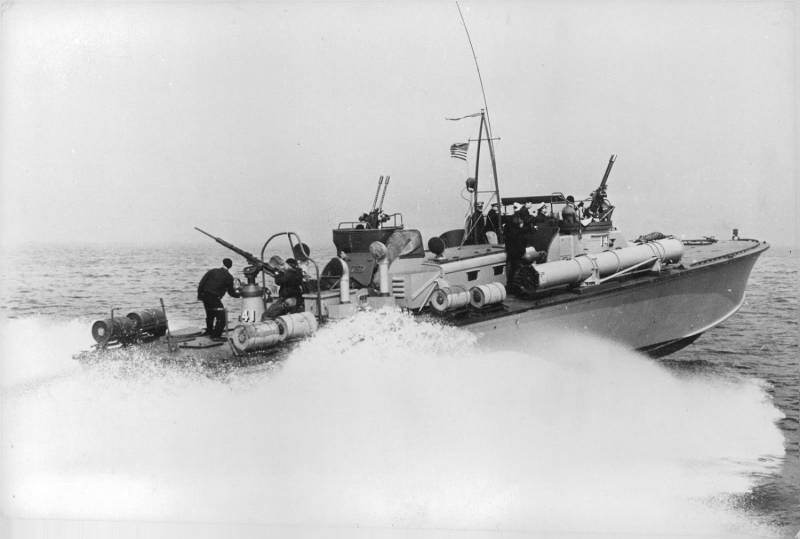
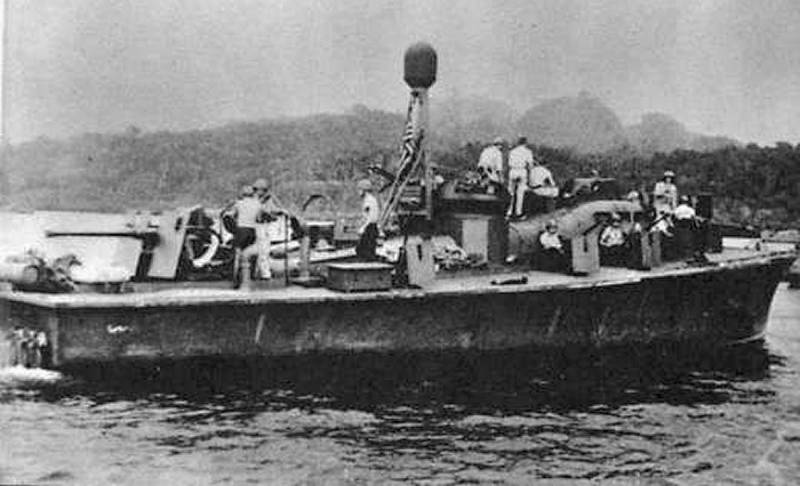
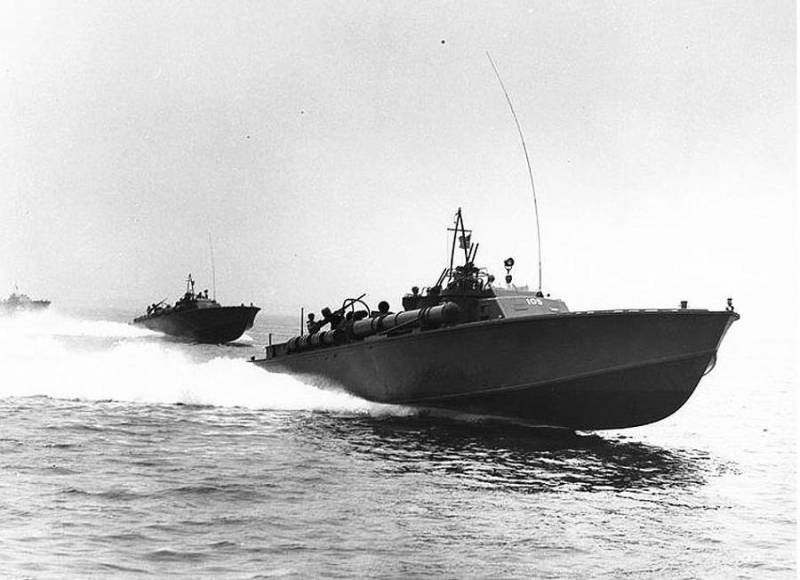
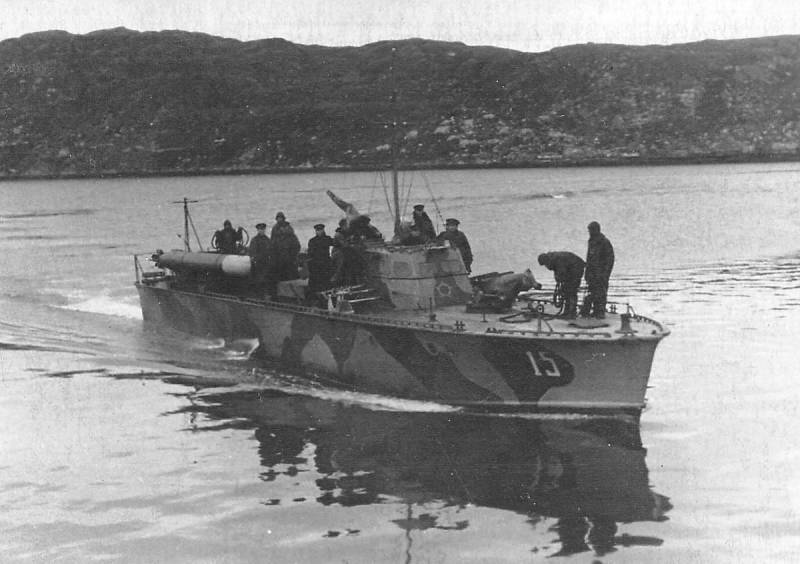
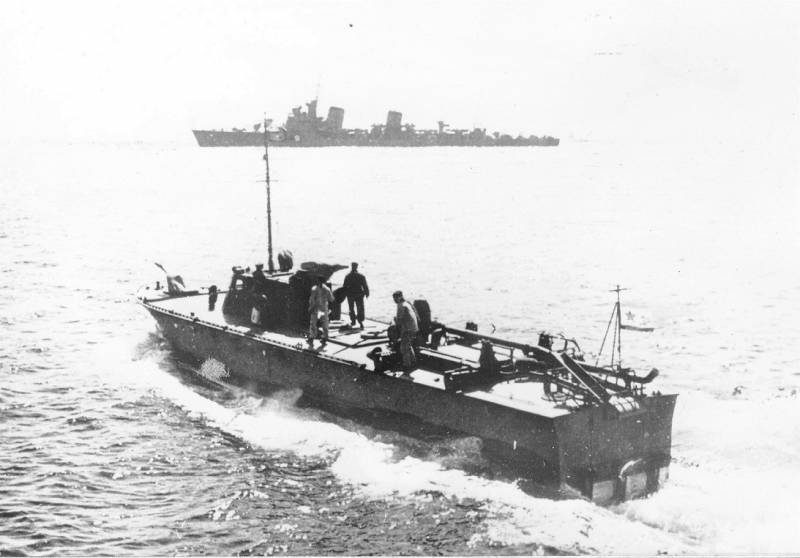
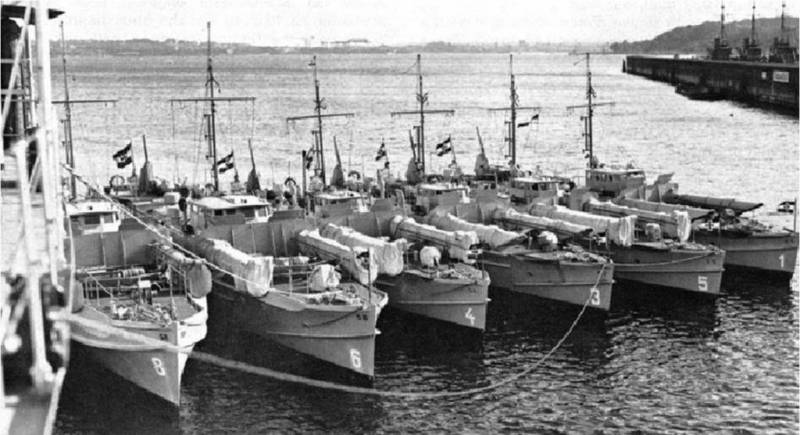
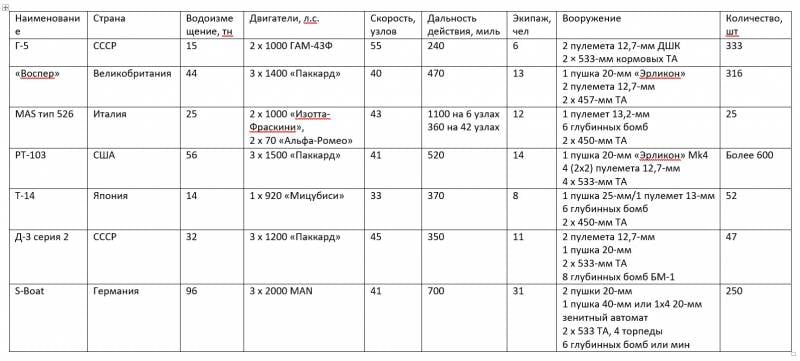
Information